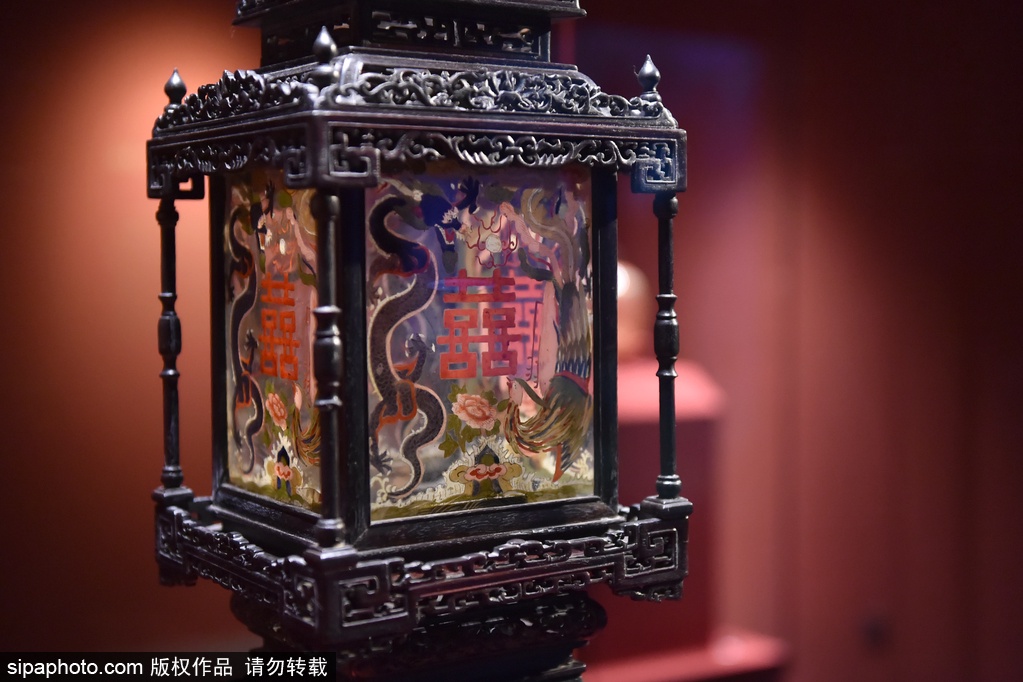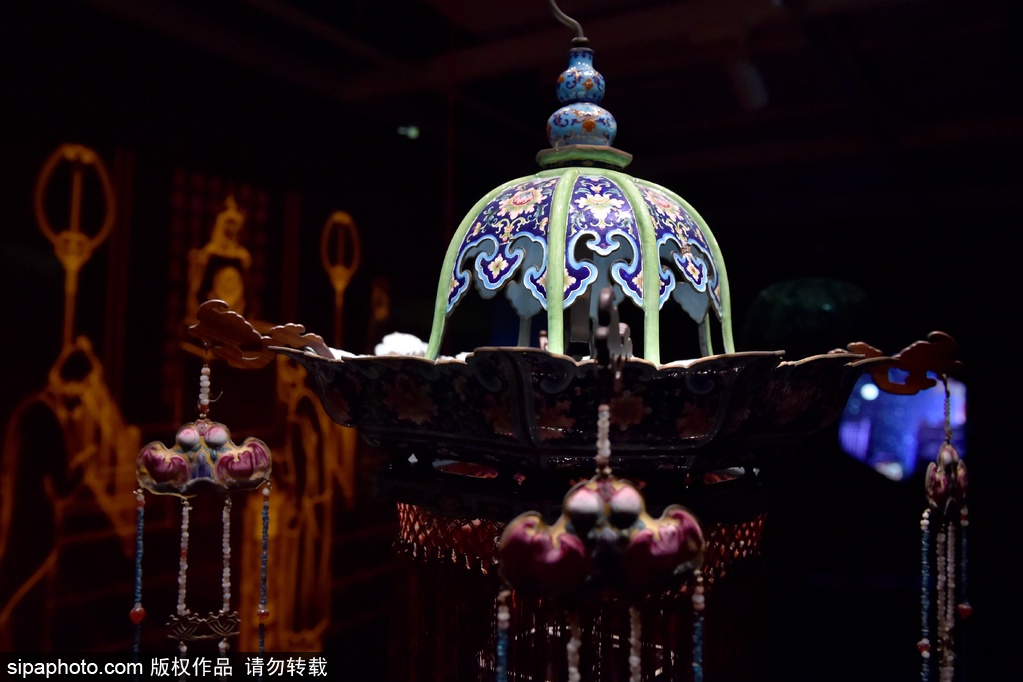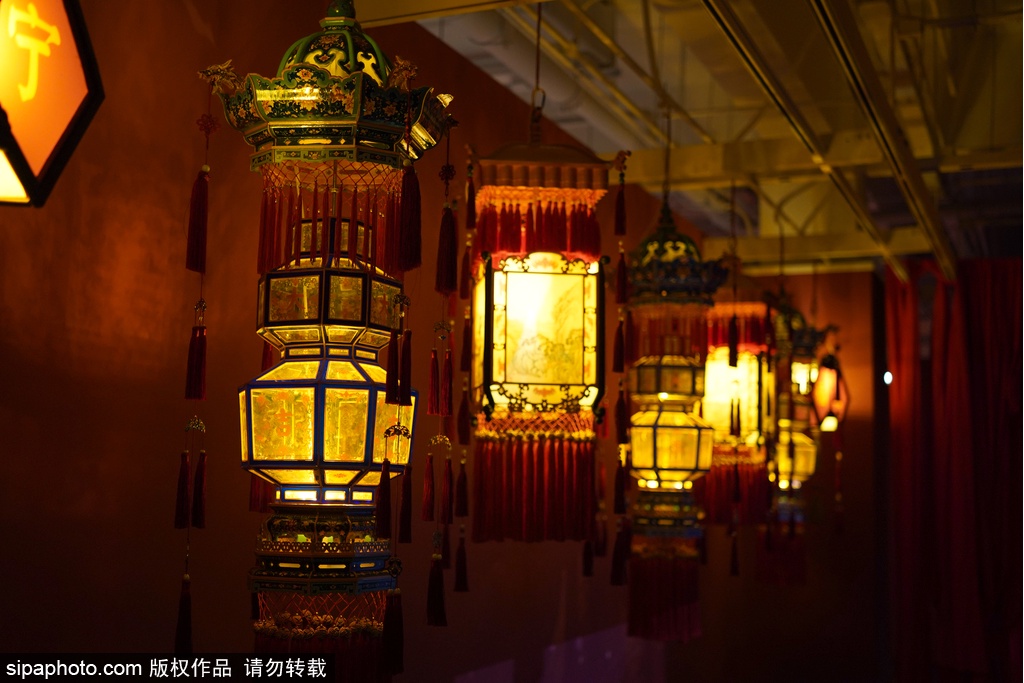Palace lantern is one of the most characteristic traditional handicrafts of the Han Chinese people. It began in the Eastern Han Dynasty and flourished in the Sui and Tang Dynasties. As the name implies, palace lanterns were used in the imperial palaces in ancient times. Liu Xiu, Guangwu Emperor of the Eastern Han Dynasty unified the country and founded the capital in Luoyang. To celebrate this achievement, the palace was decorated with lanterns.

Palace lanterns are usually made of fine wood as the skeleton, inlaid with silk and glass, and painted with various patterns on the outside. The orthodox palace lantern shapes are octagonal, hexagonal and quadrangular, and the surface of each side is painted with patterns like dragon and phoenix, longevity, good luck, etc. People convey their good wishes through these patterns on the lanterns.

Palace lanterns have been used in China for over a thousand years and have become a symbol of traditional Chinese culture. In ancient times, in addition to the lighting function, they were also decorated with elaborate decorations to show the wealth and luxury of the emperors. As a special craft in China, the palace lanterns enjoy a worldwide reputation and can still be decorated in some luxurious halls and houses today.

Founded in 1806, the time-honored store Wen Sheng Zhai, now known as the Beijing Fine Arts Red Lantern Factory, is the major cradle of Beijing palace lanterns. Historically, its lanterns won gold medals at the Panama World's Fair. Today, thanks to its efforts, Beijing Palace Lantern has been listed as one of the Beijing-level intangible cultural heritages.



